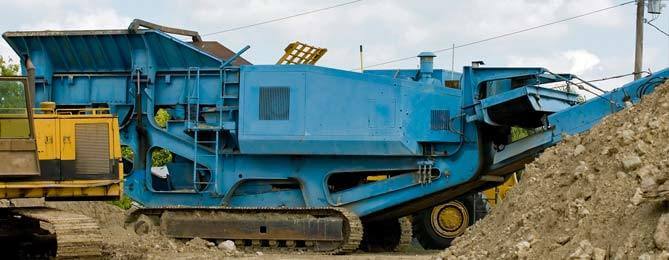
When President Dwight Eisenhower signed the Federal-Aid Highway Act of 1956, he probably never envisioned that the road system the act created would be maintained through the use of recycled concrete.
Use of Recycled Materials in U.S. Highways at All-Time High
Thirty-eight states recycle concrete as an aggregate base; 11 states recycle it into new portland cement concrete, according to a 2004 FHWA study.
Recycled aggregate has proven to be a durable alternative to virgin aggregate, and it is less expensive. In 2011 alone, recycling of American roads saved more than 21 million barrels of asphalt binder and taxpayers more than $2 billion.
However, the recycled aggregate is only useful if it is clear of ferrous metal and other foreign debris. That’s where products like our crossbelt magnets and head pulleys come in. These devices separate ferrous metal from the crushed rock before it is combined with water and binding agents. In some situations, magnetic pulleys are used in conjunction with belt magnets as an insurance policy to ensure no metal remains in the aggregate stream.
Need an overhead separator? Use this form to determine the specific size of the unit you need
Sustainability Rocks
Recycling concrete provides sustainability in several ways. First, recycled aggregate reduces the amount of material that ends up in landfills. Second, using recycled concrete reduces the need for virgin aggregate. This reduces the environmental impact from aggregate mining. Also, recycled aggregate absorbs a large amount of carbon dioxide from the surrounding environment! Finally, the steel that is reclaimed through the recycling process can be sold and reused in other applications.







